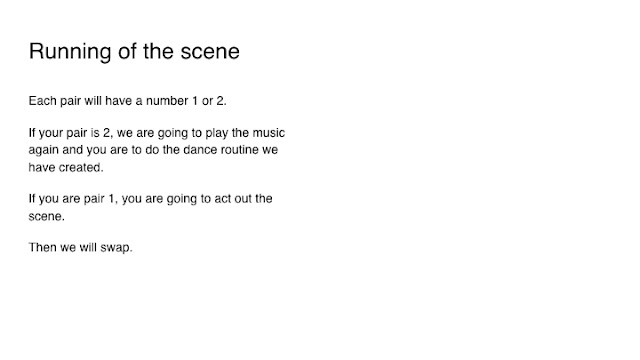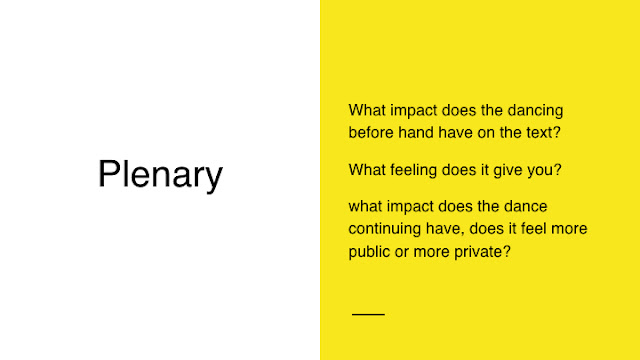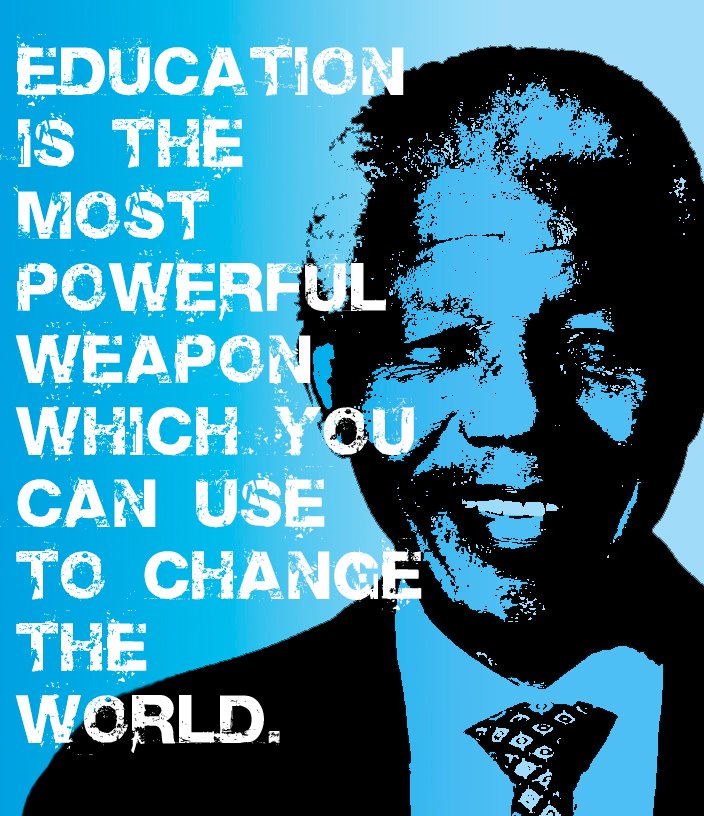Once, when I was in high school, I experienced a Shakespearean lesson in which the students sat around the table and read the text to each other. I remember thinking then 'Why do we have to do this? I hate it, it's outdated and I don't understand it'. These are common thoughts students face when they are disengaged from the work of the Bard. There is a common belief among actors and experts in the United Kingdom, that Shakespeare is more than an aural language. It is a language that needs the entire body in order for the language to come to life. This is something that practicing teachers may not necessarily have access to.
Shakespeare, when embodied through physicalisation , becomes a powerful source in student understanding of life. Through physicalisation students understand what the language is trying to convey and more importantly how it is to be conveyed. Here I have attached the next lesson in the series. I hope you and your students get something out of it. Again thanks to the Royal Shakespeare Company, Patsy Rotenburg and Eliot Shrimpleton for the help. Music clip by Robin, Track 'None of Dem'
If you are using the lesson we would love to have any feedback.






















